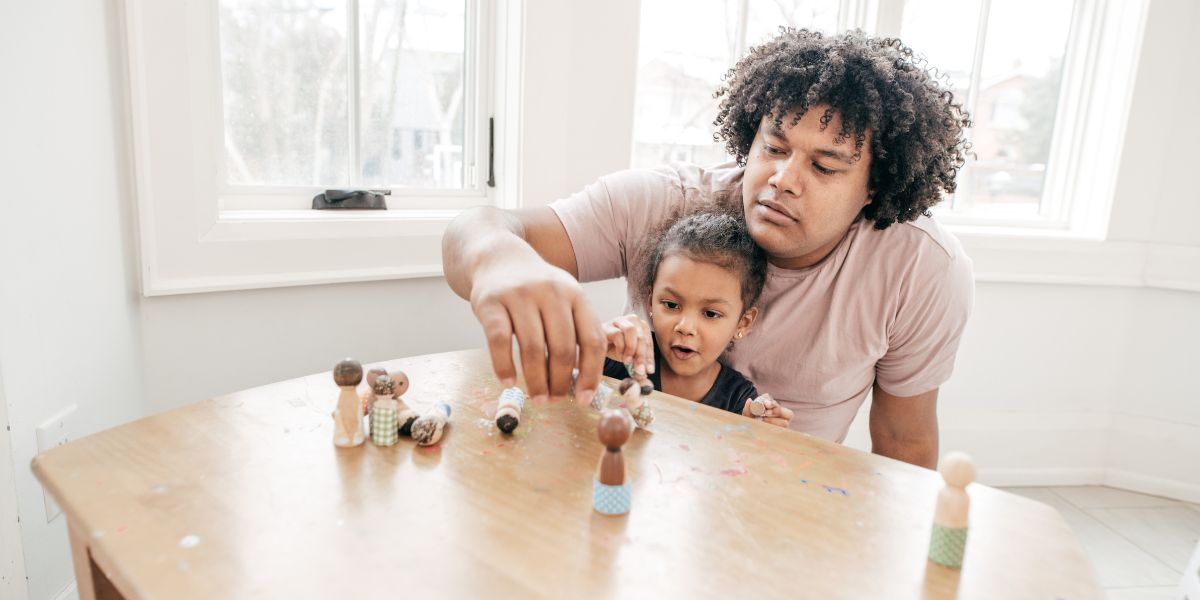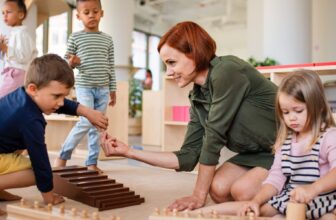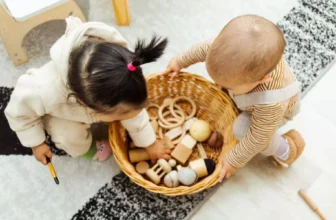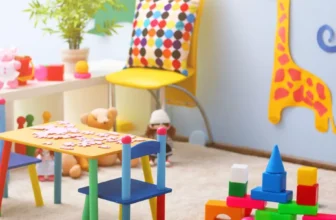
When it comes to nurturing creativity in children through Montessori activities, providing them with the right environment and tools is key. By incorporating elements like open-ended materials and designated spaces for exploration, you can help unleash their imagination in ways that traditional methods might not. But how exactly can you set the stage for these creative sparks to fly? Let's explore some practical strategies that can help cultivate a fertile ground for creativity to flourish in young minds.
Benefits of Montessori Education for Creativity
When engaging in Montessori education, children often find their creativity nurtured and encouraged through hands-on learning experiences. In a Montessori classroom, you're given the freedom to explore and discover at your own pace, fostering a sense of independence and self-expression. The environment is carefully designed to spark curiosity and imagination, with materials that engage all your senses and invite you to actively participate in your learning journey.
Through the Montessori approach, you're encouraged to think outside the box, solve problems creatively, and express yourself through various forms of art and communication. By engaging in activities that promote hands-on exploration, you develop critical thinking skills and learn to approach challenges with a growth mindset. This mindset empowers you to see mistakes as opportunities for learning and encourages you to experiment, innovate, and persevere in the face of obstacles.
Montessori Activities to Spark Imagination
To ignite creativity in children through Montessori education, engage them in a variety of hands-on activities designed to spark their imagination and curiosity. Montessori activities focus on providing children with opportunities to explore, discover, and create in a nurturing environment. Materials like building blocks, art supplies, nature items, and sensory bins can all be used to encourage imaginative play and exploration.
One effective Montessori activity to spark imagination is creating a nature-inspired art project. Take children on a nature walk to collect leaves, flowers, and rocks, and then use these items to create unique artwork. This activity not only encourages creativity but also connects children to the natural world around them.
Another engaging activity is setting up a pretend play area with costumes, props, and a themed backdrop. Children can immerse themselves in different roles and scenarios, allowing their imagination to run wild. Encouraging storytelling or puppet shows in this setting further enhances their imaginative skills. Remember, the key is to provide open-ended materials and opportunities for children to express themselves creatively.
Encouraging Independence Through Hands-On Learning
Encourage children's independence by engaging them in hands-on learning experiences that empower them to explore and discover on their terms. Providing opportunities for hands-on activities like building with blocks, sorting objects, or engaging in sensory play allows children to learn through trial and error, fostering a sense of autonomy and self-reliance.
By offering materials that are open-ended and promote exploration, children can develop problem-solving skills and creativity. Encouraging them to figure things out independently boosts their confidence and instills a love for learning. For example, setting up a water table where they can pour, measure, and experiment with different objects not only enhances their understanding of concepts like volume and buoyancy but also encourages them to investigate and draw their conclusions.
Allowing children to engage in tasks that require focus and attention to detail, such as arranging flowers or sorting beads, teaches them patience and perseverance. These activities help them understand the value of taking their time to complete a task correctly, promoting a sense of accomplishment and independence.
Tips for Creating a Montessori-Inspired Environment
Creating a Montessori-inspired environment involves arranging the space to promote independent exploration and learning. Start by organizing materials on low shelves where children can easily access them. Use natural lighting and incorporate plants to bring elements of the outdoors inside. Keep the space uncluttered to provide a sense of calm and order.
Offer a variety of hands-on activities that encourage sensory exploration and skill development. Incorporate child-sized furniture to promote comfort and independence. Make use of open-ended materials like blocks, puzzles, and art supplies to spark creativity and imagination. Rotate materials regularly to maintain children's interest and provide new learning opportunities.
Designate specific areas for different types of activities such as reading, art, and practical life skills. Encourage children to care for the environment by involving them in cleaning up and taking care of their materials. By creating a Montessori-inspired environment, you can support children in developing independence, creativity, and a love for learning.




